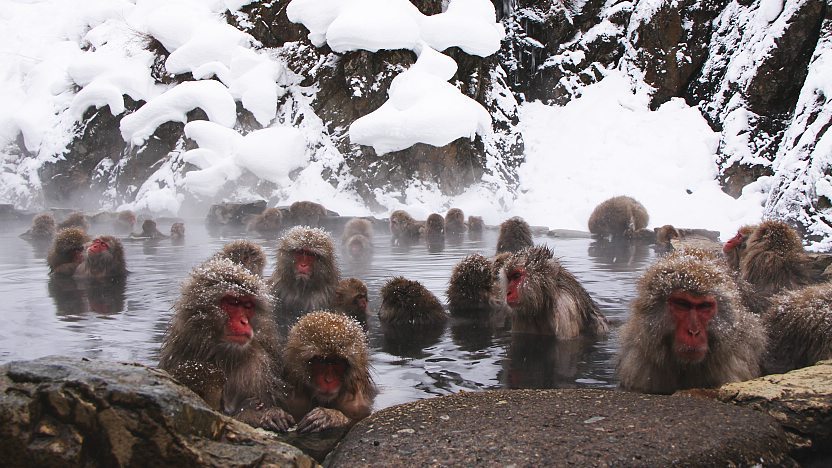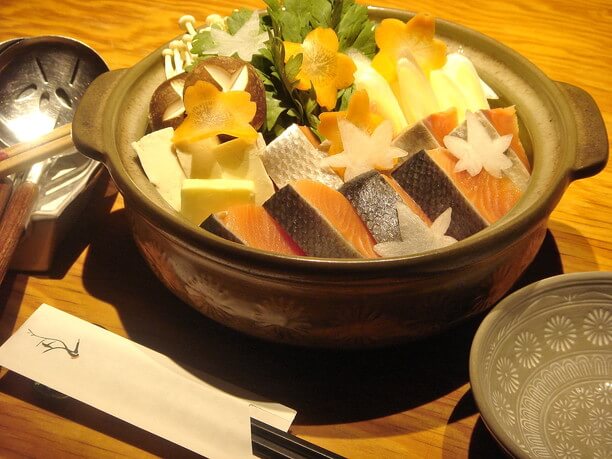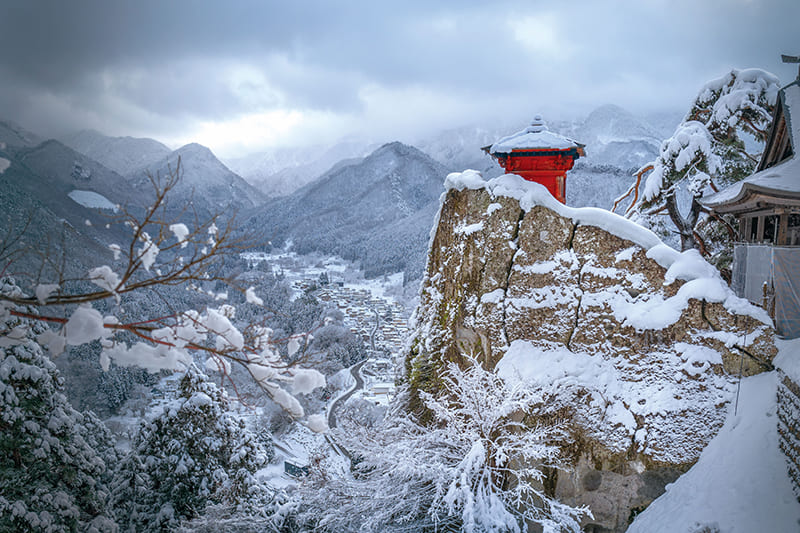Hokkaido's Hidden Snowscapes: Beyond the Slopes in Japan's Winter Paradise

Imagine a landscape painted entirely in shades of white and blue, where towering mountains pierce the sky and ancient traditions whisper on the wind. This is Hokkaido in winter, a realm of breathtaking beauty that extends far beyond the ski slopes. While Hokkaido is renowned for its world-class powder snow, a deeper exploration reveals a tapestry of unique cultural experiences and natural wonders, waiting to be discovered by the intrepid traveler. Join us as we journey off the beaten path and uncover the hidden gems of Japan's winter paradise.
1. The Whispering Ice Trees of Zao Onsen (and How to Reach Them)
High in the mountains near Zao Onsen, a surreal spectacle unfolds each winter: the "ice trees," or juhyo. These ghostly figures are formed when snow and ice relentlessly cling to the trees, sculpting them into bizarre and beautiful shapes. They stand like silent sentinels, creating an otherworldly landscape that feels plucked from a fairy tale.

The best way to experience the ice trees is on a snowshoeing tour. Several companies offer guided expeditions that take you deep into the heart of the juhyo zone. We recommend Hokkaido Backcountry Guides - Zao Ice Tree Expedition. Their tours typically last 3-4 hours and are considered of moderate physical difficulty, requiring a reasonable level of fitness.
Practical Information:
- Tour Duration: 3-4 hours
- Physical Difficulty: Moderate
- What to Wear: Layered clothing is essential to stay warm and dry. Waterproof boots are a must for navigating the snow-covered terrain. Don't forget gloves, a hat, and sunglasses to protect yourself from the elements.
After your snowshoeing adventure, treat yourself to a relaxing soak in one of Zao Onsen's renowned hot springs. The mineral-rich waters will soothe your muscles and warm you from the inside out, providing the perfect end to a day of exploring.
2. Ascending to Winter's Majesty: The Asahidake Ropeway
For panoramic views of Hokkaido's winter wonderland without the need for skis, the Asahidake Ropeway is a fantastic option. Asahidake is Hokkaido's highest peak, and the ropeway offers easy access to its stunning snow-covered slopes and unique winter landscapes.

Even if you're not a skier or snowboarder, the ropeway provides an incredible opportunity to witness the raw beauty of Hokkaido's mountains. At the summit, you'll find observation decks that offer breathtaking vistas of the surrounding landscape. Depending on the weather conditions, you might even be able to explore some of the short, accessible walking trails near the summit. Be sure to check the weather forecast and trail conditions before heading up.
3. A Sacred Winter Pilgrimage: Kamikochi Winter Walk
Kamikochi, a stunning alpine resort in the Japanese Alps, is usually only accessible during the warmer months. However, a limited number of permits are issued each winter for guided snowshoeing tours, offering a truly exclusive and unforgettable experience. The Kamikochi Winter Walk allows you to witness the pristine, untouched beauty of this sacred valley in its winter solitude.
The spiritual significance of Kamikochi in Japanese culture adds another layer of depth to the experience. The silence and serenity of the winter landscape create a profound sense of peace and connection with nature.
To apply for a permit, visit the (fictional) Kamikochi Winter Access Bureau website.
4. A Taste of Hokkaido: Culinary Delights
No trip to Hokkaido is complete without indulging in the region's distinctive cuisine. Winter is the perfect time to savor hearty, warming dishes that will tantalize your taste buds.
One must-try dish is Ishikari Nabe, a salmon hot pot that is a true Hokkaido specialty. The rich, flavorful broth is simmered with tender salmon, tofu, vegetables, and miso, creating a comforting and satisfying meal.
Another Hokkaido classic is Jingisukan, grilled mutton cooked on a dome-shaped grill. The smoky flavor of the grilled mutton, combined with the communal cooking experience, makes Jingisukan a fun and memorable meal to share with friends and family.
5. Embracing Tradition: Sustainable Stays in Hokkaido's Ryokans
For an authentic and immersive cultural experience, consider staying in a smaller, family-run ryokan (traditional Japanese inn). Many ryokans in Hokkaido are committed to sustainable practices and preserving local culture.
Ryokan Yuki No Hana (Snow Flower Ryokan) is a fictional example of a ryokan that embodies these values. They prioritize using locally sourced ingredients in their cuisine and strive to minimize their environmental impact. Staying at Ryokan Yuki No Hana offers a glimpse into traditional Japanese hospitality and a chance to support a sustainable business.
The ryokan features traditional tatami mats, shoji screens, and a crackling fireplace, creating a cozy and inviting atmosphere. Of course, no ryokan experience is complete without a soak in an onsen (hot spring). Ryokan Yuki No Hana sustainably uses geothermal resources to heat its onsen, providing a relaxing and eco-friendly experience.
Visit the fictional Ryokan Yuki No Hana website at ryokanyukinohana.com.
Conclusion
Hokkaido in winter is a destination that captivates the senses and nourishes the soul. Beyond the ski slopes lies a world of hidden snowscapes, cultural treasures, and culinary delights waiting to be discovered. Embrace the off-the-beaten-path experiences, support local businesses, and immerse yourself in the rich culture of this enchanting island. Plan your unforgettable Hokkaido winter adventure today!